A DESIGNER'S ALMANAC
A Guide to All the 2019 Design Trend Guides
Written by Melissa Mapes, Founder
Each year, the velocity of design reports increases. I reviewed and summarized the best 2019 guide in each category so you don't have to.
Wow, what a bumper crop of trends guides!
January always brings an onslaught of new design predictions and reports on the passing year. It makes sense — our industry evolves at lightning speed, and we need help staying on top of trends. Plus, the competition to create the most innovative, gorgeous guide results in some visually stunning content. Who doesn't love a custom illustration with a dash of parallax?
As I filtered through all my recent Evernote clippings, I found a few extra special guides with unique foci on one aspect of design. Some look at the business of design, others discuss creative trends, and so on. These five reports stood out as the best of each category.
Side note: I was not involved in the development of any of the guides, nor was I asked to write about them. My selections and summaries are based solely on hours of independent scrolling. Enjoy!
January always brings an onslaught of new design predictions and reports on the passing year. It makes sense — our industry evolves at lightning speed, and we need help staying on top of trends. Plus, the competition to create the most innovative, gorgeous guide results in some visually stunning content. Who doesn't love a custom illustration with a dash of parallax?
As I filtered through all my recent Evernote clippings, I found a few extra special guides with unique foci on one aspect of design. Some look at the business of design, others discuss creative trends, and so on. These five reports stood out as the best of each category.
Side note: I was not involved in the development of any of the guides, nor was I asked to write about them. My selections and summaries are based solely on hours of independent scrolling. Enjoy!
Best in Visual Design
Few organizations have access to creative data quite like Shutterstock. The visual elements used by designers across disciplines are easily tracked through millions of searches and downloads, feeding into the development of this annual report.
Shutterstock's guide focuses mostly on aesthetic trends, looking at keywords with the greatest growth in search volume over the previous year. Terms are packaged into overarching themes like "Rococo Romance" and "Kawaii style." The team does an impressive job of distilling complex analyses into clear patterns.
On top of sound data, the whole report is bright, colorful, and fun to explore. I look forward to its release every year, and this one did not disappoint.
Shutterstock's guide focuses mostly on aesthetic trends, looking at keywords with the greatest growth in search volume over the previous year. Terms are packaged into overarching themes like "Rococo Romance" and "Kawaii style." The team does an impressive job of distilling complex analyses into clear patterns.
On top of sound data, the whole report is bright, colorful, and fun to explore. I look forward to its release every year, and this one did not disappoint.
Best in Design as a Business
Holy guacamole, this one's a whopper! I read all 43 pages plus the interactive web version, and it's clear that InVision put serious resources towards this project.
The report primarily focuses on the ROI (Return on Investment) of design. Designers face this issue at almost every organization. How do we justify our existence and efforts when the business impact is so complicated to quantify?
After surveying 2,200 designers, InVision offers answers.
"We found that those dominating their industries are the ones treating the screen like the most important place on Earth."
Essentially, the researchers employed rigorous analytical methods to develop a "design maturity model" (i.e., the influence and structure of the design team at an organization). They then compared these results to the relative success of the business.
Unsurprisingly, companies with high design maturity appear to reap great rewards across indicators like cost savings and brand position. But the most helpful takeaways, in my opinion, are the descriptors of "key activities" and "key benefits" at each level of maturity.
The New Design Frontier relies on responses from members' of InVision's community, so the information isn't perfect. Nonetheless, it's a solid high-level summary of design impact, and the illustrations and charts are lovely.
The report primarily focuses on the ROI (Return on Investment) of design. Designers face this issue at almost every organization. How do we justify our existence and efforts when the business impact is so complicated to quantify?
After surveying 2,200 designers, InVision offers answers.
"We found that those dominating their industries are the ones treating the screen like the most important place on Earth."
Essentially, the researchers employed rigorous analytical methods to develop a "design maturity model" (i.e., the influence and structure of the design team at an organization). They then compared these results to the relative success of the business.
Unsurprisingly, companies with high design maturity appear to reap great rewards across indicators like cost savings and brand position. But the most helpful takeaways, in my opinion, are the descriptors of "key activities" and "key benefits" at each level of maturity.
The New Design Frontier relies on responses from members' of InVision's community, so the information isn't perfect. Nonetheless, it's a solid high-level summary of design impact, and the illustrations and charts are lovely.
Best in Life as a Designer
You won't find any Pantone color predictions here. Instead, UX Collective focuses on life as a UX designer in its 4th annual report. I appreciate this guide for its candor and thoughtful critiques.
Fabricio and Caio curated the common topics among articles written by the UX community and distilled them into nine major themes, ranging from career to mindset. The resulting insights resonate.
In the routine section, they describe how "designers are too busy to design." I hear this frustration frequently. Mundane tasks and nonstop Slack messages are slowing the actual production of design, and we all need to be more mindful about how we spend our time.
Looking at the industry as a whole, the authors examine the negative impacts on the world caused by design and challenge the idea that "engagement" is always a good thing. We have a responsibility to think beyond business metrics, and this topic remains open to wide debate.
You'll find excellent food for thought in this report, so put on your thinking cap before you dive in!
Fabricio and Caio curated the common topics among articles written by the UX community and distilled them into nine major themes, ranging from career to mindset. The resulting insights resonate.
In the routine section, they describe how "designers are too busy to design." I hear this frustration frequently. Mundane tasks and nonstop Slack messages are slowing the actual production of design, and we all need to be more mindful about how we spend our time.
Looking at the industry as a whole, the authors examine the negative impacts on the world caused by design and challenge the idea that "engagement" is always a good thing. We have a responsibility to think beyond business metrics, and this topic remains open to wide debate.
You'll find excellent food for thought in this report, so put on your thinking cap before you dive in!
Best in UX/UI Design Trends
When I think of a traditional UX/UI trends guide, this piece by Moses Kim is what comes to mind. It covers all the essential components of design through an expert lens.
Unlike other reports, this one does not rely only on internal data. Instead, the author has thoroughly researched the topics using outside sources, which he links to religiously. Every fact, figure, and GIF offers a reference. As a former journalist, this brings joy to my soul!
The insights still derive from his personal experience, but you want that authoritative commentary when discussing potential trends. From variable fonts to Figma, this guide highlights the hottest developments in design with a high degree of confidence.
Unlike other reports, this one does not rely only on internal data. Instead, the author has thoroughly researched the topics using outside sources, which he links to religiously. Every fact, figure, and GIF offers a reference. As a former journalist, this brings joy to my soul!
The insights still derive from his personal experience, but you want that authoritative commentary when discussing potential trends. From variable fonts to Figma, this guide highlights the hottest developments in design with a high degree of confidence.
Best in Design Inspiration
Microactions, typography, and animated logos...oh my!!
If you need ideas or examples of excellent design, this is your guide. It's not about data analysis — it's a massive compilation of quality work across many UX/UI and visual trends. You can browse creations from designers all over the world, which have been curated by the Behance staff.
When I scroll through this report, I feel inspired to go build a fresh product from the group up or learn a new design technique. As a social network for creatives, Behance is all about community...and what an incredible community we have! The talent and skill showcased in this trends guide are astounding.
If you need ideas or examples of excellent design, this is your guide. It's not about data analysis — it's a massive compilation of quality work across many UX/UI and visual trends. You can browse creations from designers all over the world, which have been curated by the Behance staff.
When I scroll through this report, I feel inspired to go build a fresh product from the group up or learn a new design technique. As a social network for creatives, Behance is all about community...and what an incredible community we have! The talent and skill showcased in this trends guide are astounding.
No matter how the world of design evolves in 2019, we are certain to see amazing ideas and experiences emerge from our field. If you ever get stuck in a creative rut over the coming months, return to these guides and you're sure to re-ignite your imagination and passion for your craft.
As the designer Neville Broudy once said:
"Digital design is like painting, except the paint never dries."
Keep swiping at that canvas, my friends!
As the designer Neville Broudy once said:
"Digital design is like painting, except the paint never dries."
Keep swiping at that canvas, my friends!
Want the latest word delivered to your inbox? Sign up for our highly irregular The Saurus newsletter.
By clicking "Subscribe" you agree to our Privacy Policy.
Real Big Words makes content that works. See more from us on Instagram or follow our blog, The Saurus.
Written by Melissa Mapes, Founder of Real Big Words
Lead image by Loredana Papp-Dinea, Mihai Baldean, and Milo Themes on Behance
Written by Melissa Mapes, Founder of Real Big Words
Lead image by Loredana Papp-Dinea, Mihai Baldean, and Milo Themes on Behance





